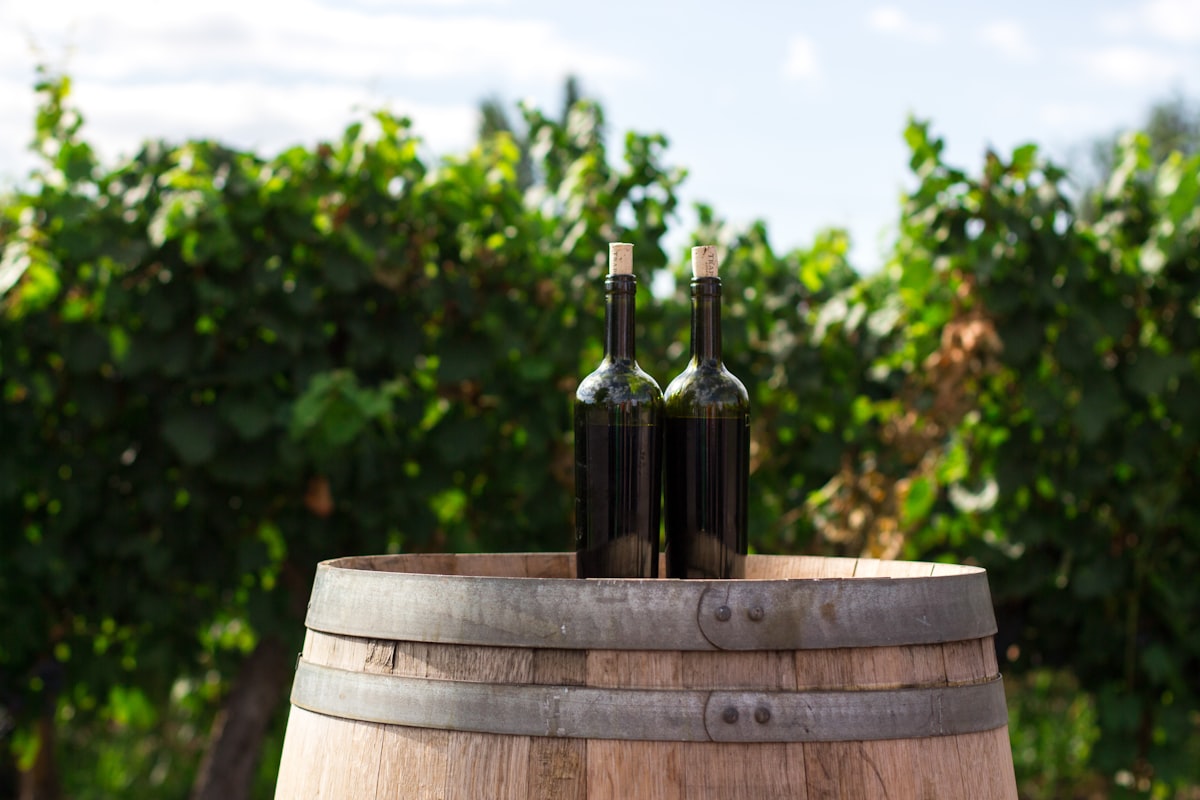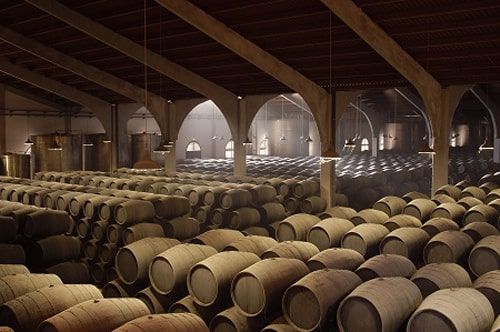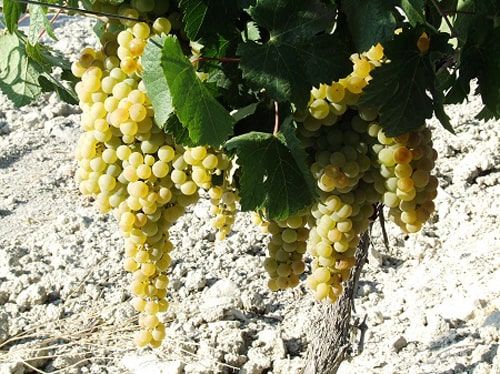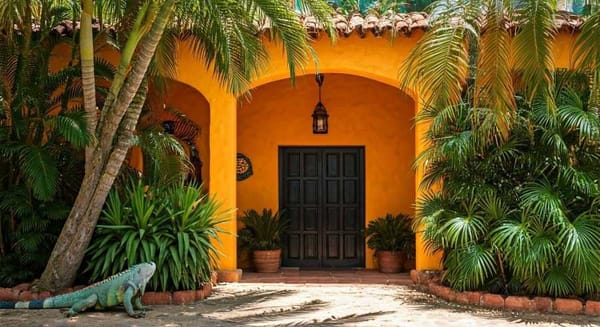Sherry Wines of Cádiz, Andalusia, Spain
For two thousand years, sherry wines have been one of the oldest and most widespread wines in the world and come from a region of Andalusia with only 7,000 hectares of vineyards.

For two thousand years, sherry wines have been one of the oldest and most widespread wines in the world and come from a region of Andalusia with only 7,000 hectares of vineyards. The territory of the sherry wines is the triangle formed by the towns of Jerez del Frontera, Sanlúcar de Barrameda and El Puerto de Santa María and also includes the towns of Chiclana, Chipiona, Puerta Real, Rota, Trebujena and Lebrija, all towns in Cádiz except the last one in Seville.
This region has privileged climatic conditions with the influence of the Mediterranean and Atlantic, more than 3,000 years of winemaking tradition, along which it has developed its unique production methods. Three grape varieties are grown: Palomino, from which dry wines are obtained, Pedro Ximénez and Moscatel, both used for sweet wines.
The Regulatory Council of the Denomination of Origin, the oldest in Spain - dating back to 1933, the first wine law in Spain - certifies the quality and origin of these wines, which have their roots in history. Sherry has shone with its light throughout history. It was the drink of choice for discoverers such as Columbus and Magellan and was praised by William Shakespeare, who consumed it in large quantities with his friend, the playwright Ben Johnson.
The combination of a long history and the preservation of one of the most singular and ancient winemaking practices in the world make Sherry an exceptional wine. Sherry wines are divided into three categories according to their type of fermentation: fortified wines: Manzanilla, Fino, Amontillado, Oloroso, and Palo Cortado; fortified liqueur wines: Pale Cream, Medium, and Cream, and natural sweet wines: Moscatel and Pedro Ximénez.
The elaboration and aging process begins with the pressing of the grapes and the transfer of the must to the cellars where it will undergo the first fermentation. After this fermentation, the must will be clean and ready for classification: those with a very clean nose and outstanding aromas will be destined for biological aging, which will result in Finos, Manzanillas, and Amontillados.
The aging of the Fino and Manzanilla is carried out in American oak casks (barrels) which are 5/6 full, leaving an air chamber of "two fists" so that the yeasts of the flor can act. These barrels are arranged in rows of different heights, which is called the "criaderas and soleras" system and has the purpose of obtaining wines with homogeneous characteristics and uniform flavor.
The system consists of racking wine from the highest rows or criaderas to the row or scale closest to the ground, which is called solera and contains the oldest wine, the system aims to ensure that the young wines acquire the good qualities of the old wines. It is from these soleras that a proportion of the wine is extracted for bottling.

Fortified wines
Manzanilla is a dry white wine made from Palomino grapes. It is aged exclusively in wineries in Sanlúcar de Barrameda. The special climatic conditions of this city, located at the mouth of the Guadalquivir River, favor the development of a very peculiar veil of flor. As a result, the wine acquires particular and differentiating characteristics.
Fino is a dry white wine, made from Palomino grapes. Like Manzanilla, Fino is aged under the layer of yeasts that form the veil of flor. Aging through the traditional system of criaderas and solera is carried out in cellars that must comply with strict microclimatic conditions of humidity and temperature.
Amontillado is a very unique wine, since it combines the aging under the veil of flor, typical of Fino and Manzanilla, with a subsequent period in which the veil of flor disappears and the wine is exposed to oxidation. Made with Palomino grapes, this fusion of aging makes Amontillados extraordinarily complex and interesting wines.
Oloroso is a wine made with Palomino grapes. The special structure it shows from the beginning advises tasters to use it for oxidative aging. That is why alcohol is added up to 17°, thus preventing the development of the flor veil, so that the wine ages exposed to oxygen.
The production of Palo Cortado is the most tangible example of the need for the Jerez winemaker to clearly identify the true vocation of each type of wine and to act accordingly. Today, very special and delicate young wines are still selected to nurture these old soleras and maintain the special character of the Palos Cortados.

Fortified liqueur wines
These wines arose mainly due to the Anglo-Saxon demand for sweet wines of higher alcoholic content. Pale Cream is made from a Fino or Manzanilla, to which concentrated must is added, which, with its sweetness, softens the dryness of the base wine. The characteristic of Medium Cream is its higher degree of sweetness, being sweeter than Pale Cream, but less than Cream. The Cream is made using a generous wine, preferably combining an amontillado with naturally sweet wine or with a concentrated must.
Natural sweet wines
Moscatel is a type of single-varietal sherry in which the fruity notes typical of this type of grape, one of those with the greatest aromatic personality, predominate. Muscatel vineyards are located near the beach, in sandy soils, with a strong influence of the sea.
Pedro Ximénez wine is made from the grape of the same name, which is dried in the sun to obtain a must with an extraordinary concentration of sugars. The aging process, exclusively oxidative, favors a progressive aromatic concentration and increasing complexity, without losing the freshness typical of the variety.




